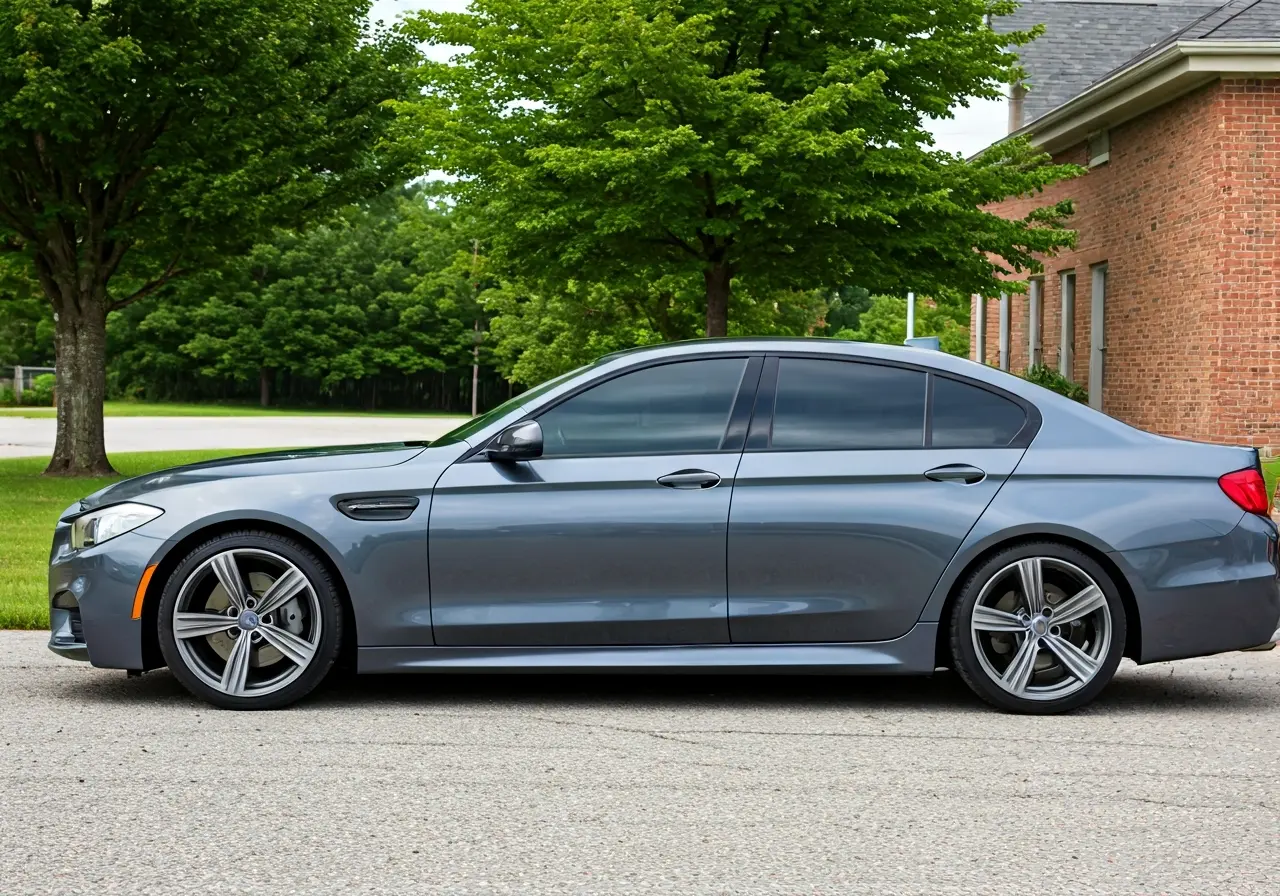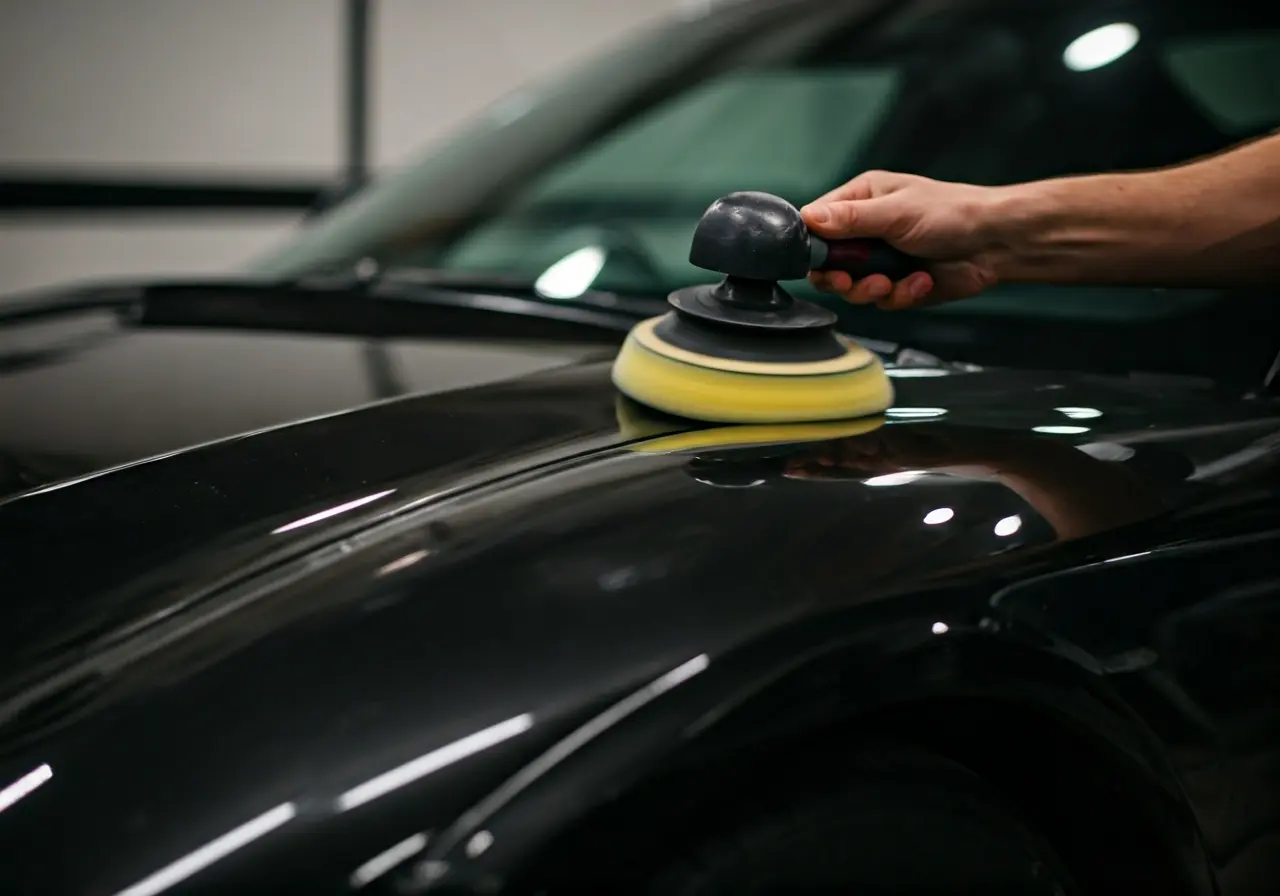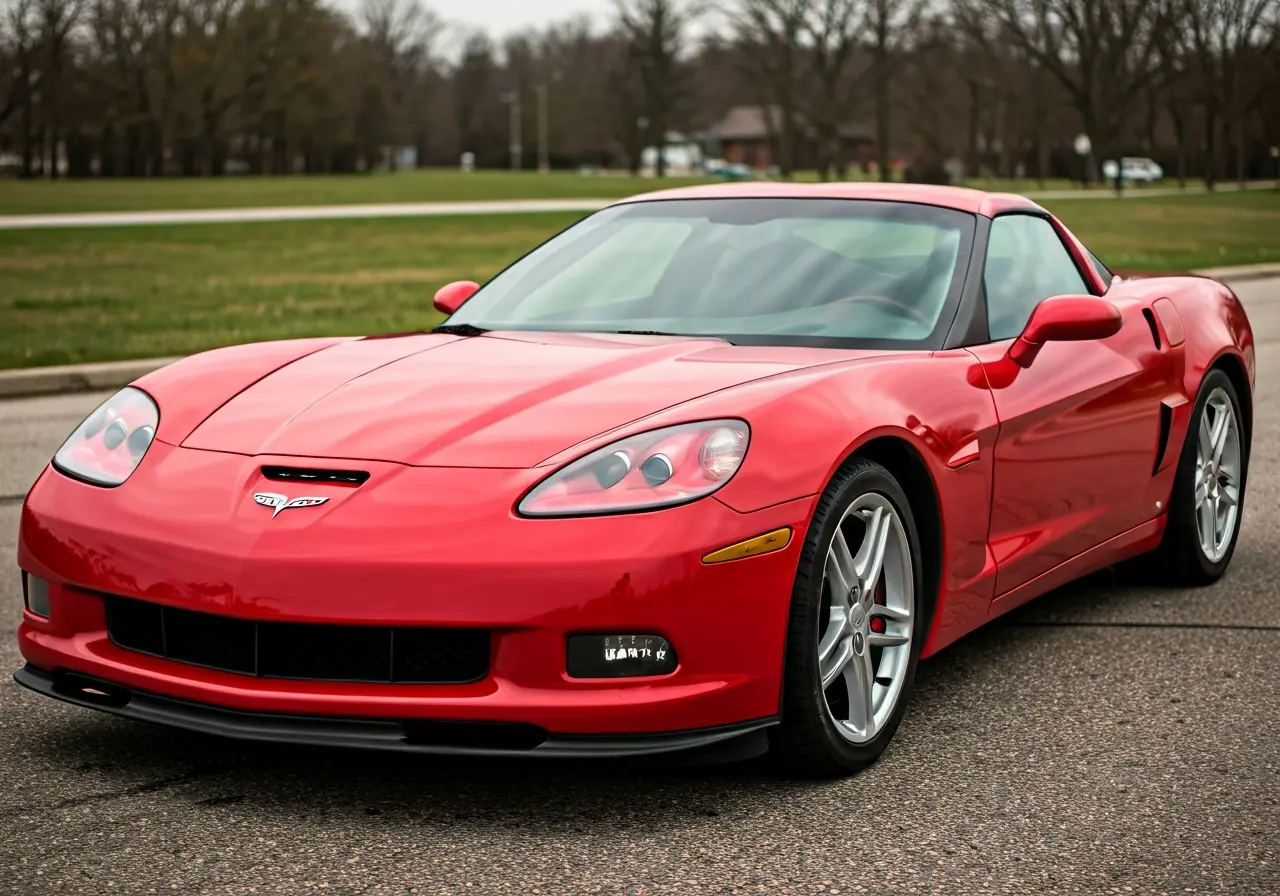

How to Protect My Vehicle from Environmental Damage?
Owning a vehicle is a significant investment, and protecting it from environmental damage is crucial for maintaining its value and functionality. From harsh weather conditions to road pollutants, various elements can impact your vehicle’s condition. This guide will provide you with practical tips to safeguard your car from environmental wear and tear.
Regularly Clean Your Vehicle
Dirt, debris, and pollutants can accumulate on your vehicle’s surface, causing damage over time. Regularly washing your car helps remove these elements and prevents the build-up that can lead to corrosion and paint damage. Not only does a clean vehicle look better, but it is also more resistant to the corrosive effects of things like road salt and acid rain.
It’s crucial to use the right cleaning products to prevent scratches and other damage during the cleaning process. Consider visiting a professional detailer to receive thorough and safe washing that addresses every part of your car. For an advanced exterior cleaning experience, seeking professional help ensures that every inch of your vehicle is free from damaging substances.
Apply a Protective Wax Coating
A high-quality wax acts as a shield against various environmental factors, including UV rays, acid rain, and road salt. Applying wax every few months can help maintain your car’s paint and prevent fading or etching. This practice not only maintains the aesthetic appeal but also bolsters the paint’s resistance to harmful elements.
When selecting a wax, opt for those specifically designed to withstand your local climate conditions. There are many formulations available, from long-lasting hard waxes to easy-to-apply spray versions. For the best results, a full professional detailing service can ensure even and thorough application.
Use a Car Cover
If parking in a garage isn’t an option, consider investing in a car cover. A cover will protect your vehicle from harmful UV rays, tree sap, bird droppings, and other potential hazards in your area. Even during temporary periods of parking, a cover minimizes exposure to harmful agents.
Car covers are particularly beneficial during seasonal changes when the environmental risks can vary from pollen accumulation in spring to snow and ice in winter. They are easy to use and can significantly elongate the lifespan of your vehicle’s exterior. Always ensure your cover is breathable to avoid condensation and mold development underneath it.
Protect the Interior
Environmental damage isn’t limited to the exterior. Use sunshades to protect the dashboard and seats from UV damage, and consider regularly conditioning leather and vinyl interiors to prevent cracking and fading. Harsh sunlight can cause discoloration of fabrics and heating of internal compartments, which may lead to further issues.
Vacuuming the interior frequently prevents damage from dirt and particulates. Additionally, using floor mats helps protect against mud, grime, and water damage. For comprehensive interior protection, consider interior detailing services that can clean, protect, and rejuvenate the inside of your car.
Check and Maintain Tires
Road temperatures and conditions can affect tire pressure and tread wear. Regularly inspect your tires for wear and proper inflation to ensure they perform efficiently and safely. This is crucial since improperly maintained tires can not only cause uneven wear but are also a safety hazard while driving.
Consider rotating your tires every few months to promote even wear. Furthermore, during extreme weather conditions, like winter, switching to season-specific tires can improve performance and reduce the risk of damage. Keep track of tread depth and look for any signs of deterioration to avoid unexpected blowouts.
Park Wisely
Try to park in shaded areas or use covered parking whenever possible. This reduces exposure to harmful UV rays and extreme weather conditions, which can quickly deteriorate your vehicle’s exterior and interior. Such efforts further translate into less frequent cleaning and lower maintenance costs over time.
In addition to shade, consider parking locations that are less exposed to potential hazards such as falling branches or vandalism. Safe and thoughtful parking decisions are a straightforward yet impactful way to defend your vehicle from unnecessary environmental stress.
Keep Your Vehicle Safe and Sound
Protecting your vehicle from environmental damage doesn’t have to be complicated or expensive. By incorporating these simple steps into your routine, you can ensure your car remains in excellent condition for years to come. Remember, a well-protected vehicle not only extends its lifespan but also preserves its resale value, giving you peace of mind.
Latest Posts


Why Choose Window Tinting for Your Vehicle in Mocksville, NC?

How Does Greensboro Auto Detailing Enhance Vehicle Appearance?


Say Goodbye to Swirls: Techniques for Restoring Your Corvette’s Paint


